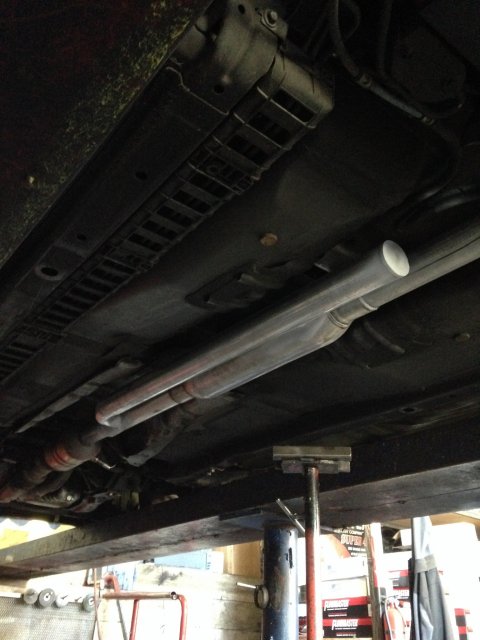No - the problem is that the "Drone" is a wave roughly 10 feet long, a short-bodied bullet silencer will only filter higher frequencies (~200-240hz with those tiny ones) which will just make it deeper. You need to attenuate a really long wave, and the only ways to do that without a 10+ foot long muffler are either a helmholtz chamber (like CP-E) or a quarter wave chamber (thermal, my custom one). Unfortunately it's not a matter of just packing in more mufflers. I had read that Thermal sells standalone mufflers, but I do not know if that means they'll sell the one with the built-in quarter wave resonator.
I think there are a few muffler manufacturers out there that build quarter wave resonators into their mufflers, like Corsa and maybe Billy Boat, but I haven't been able to get email replies from either about attenuating a specific range.
I think there are a few muffler manufacturers out there that build quarter wave resonators into their mufflers, like Corsa and maybe Billy Boat, but I haven't been able to get email replies from either about attenuating a specific range.




